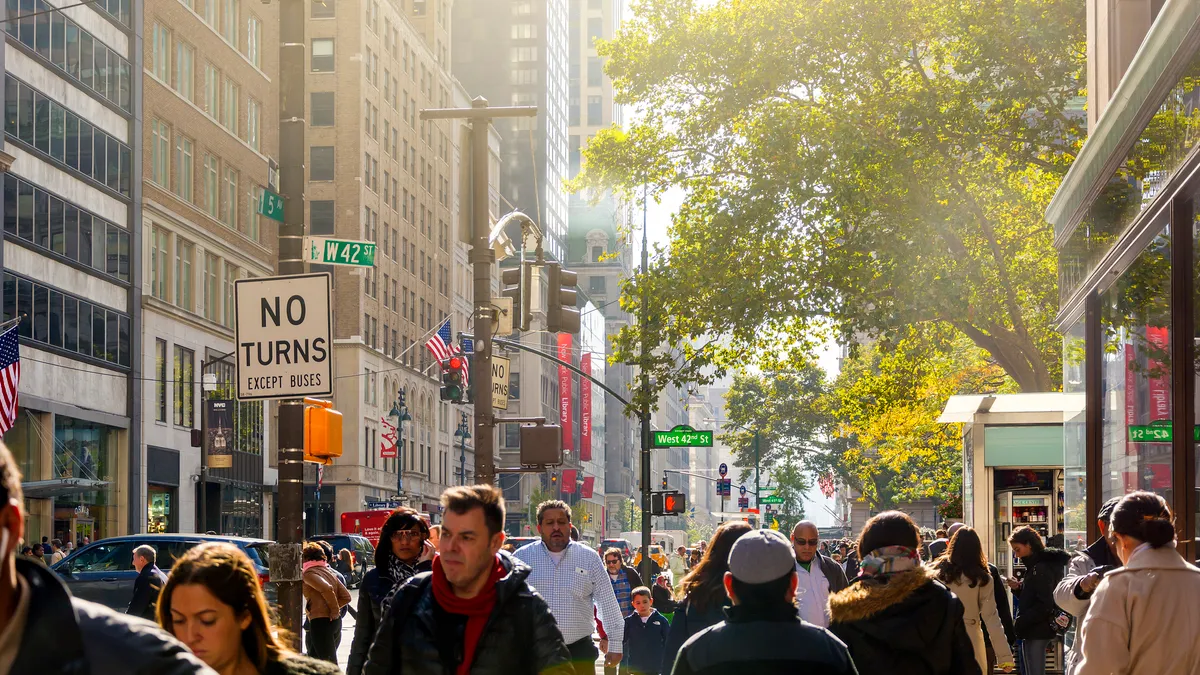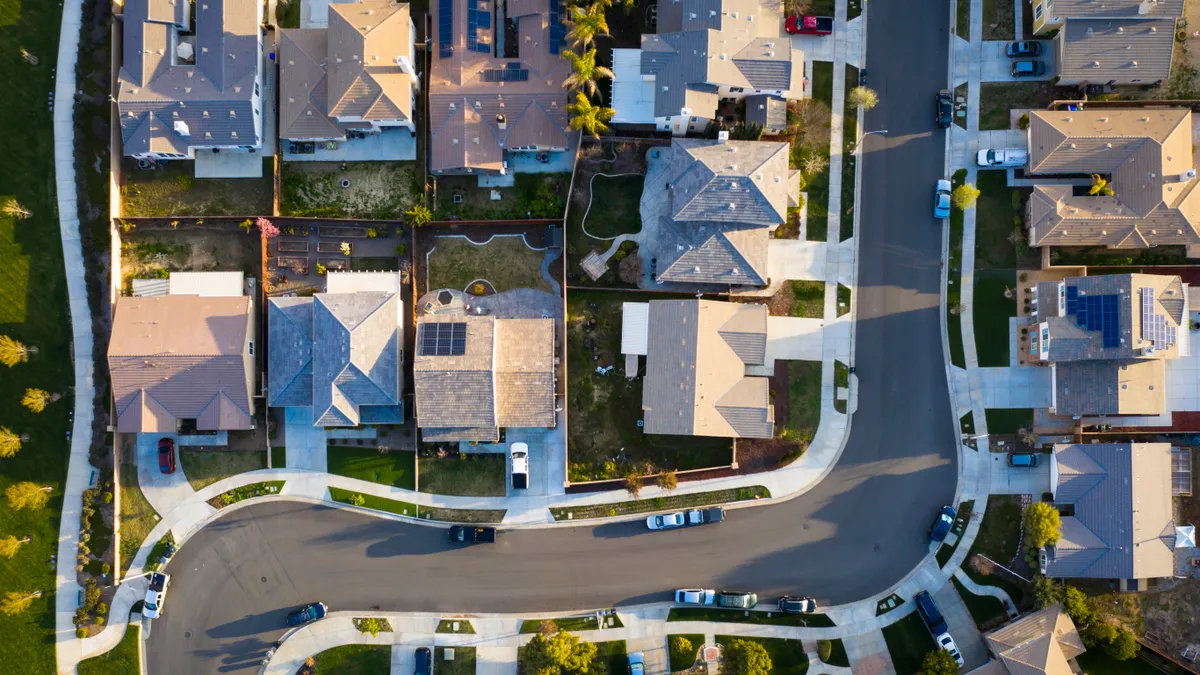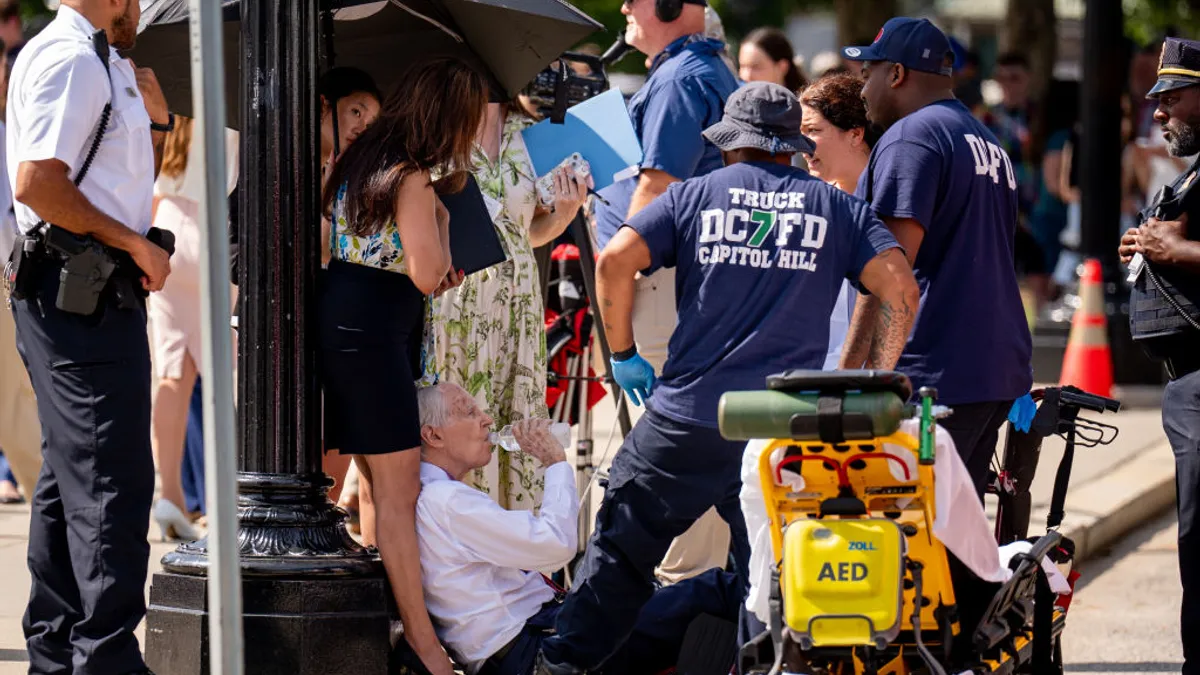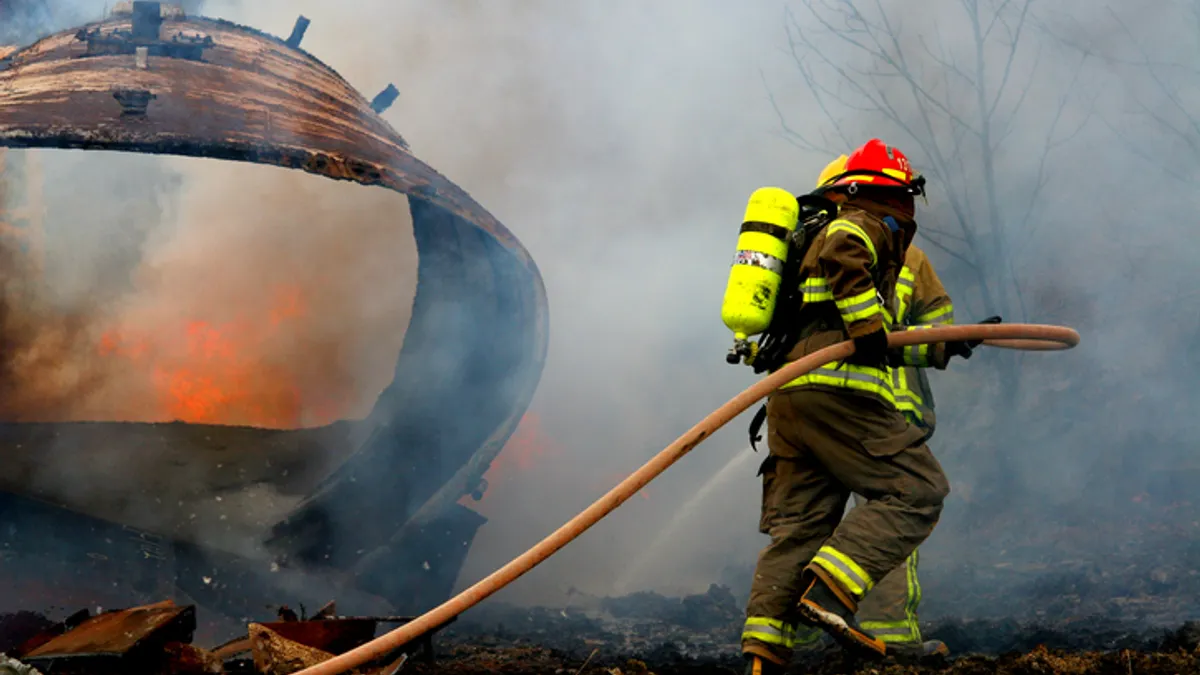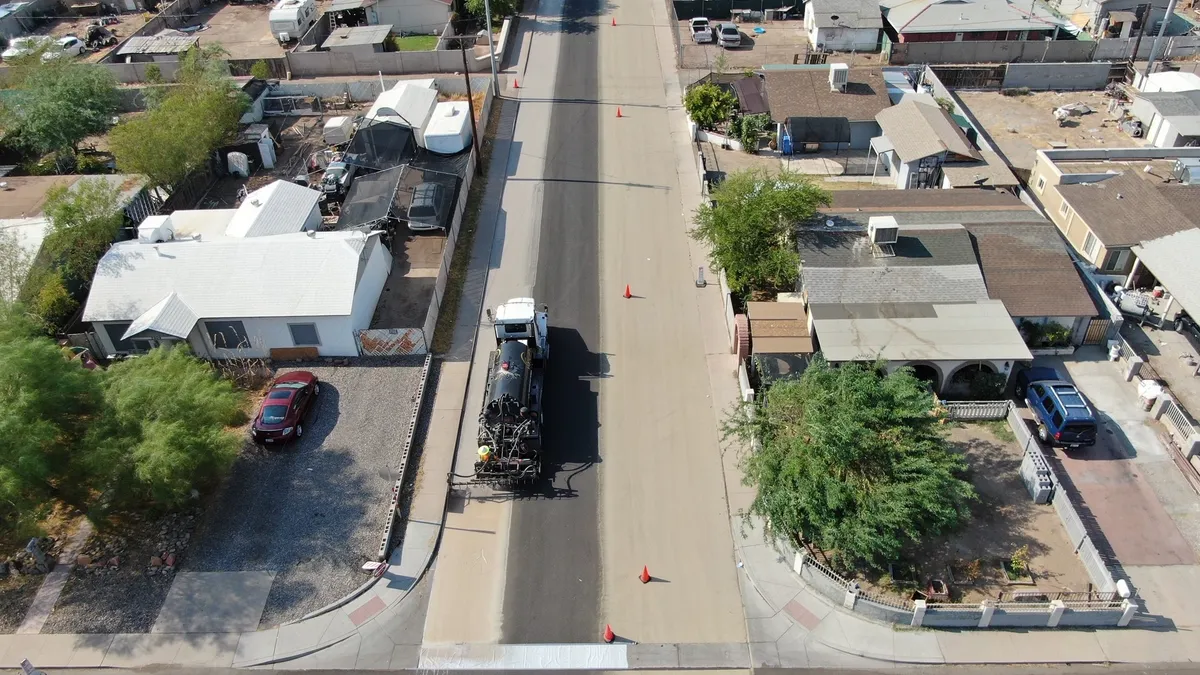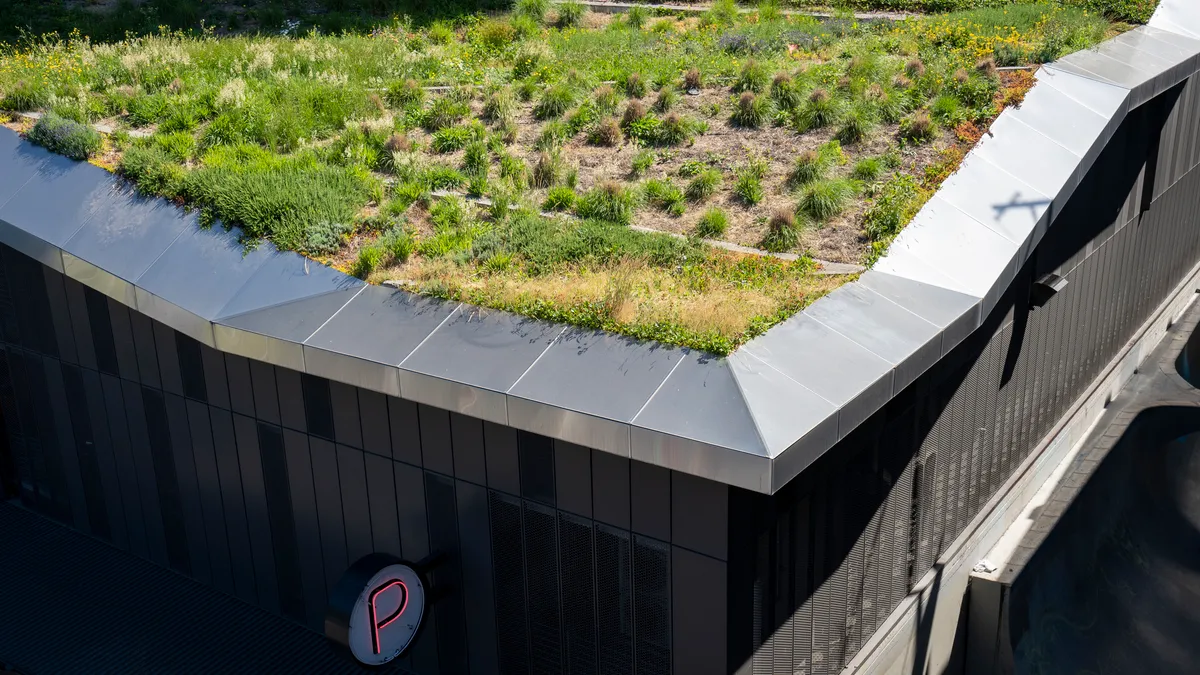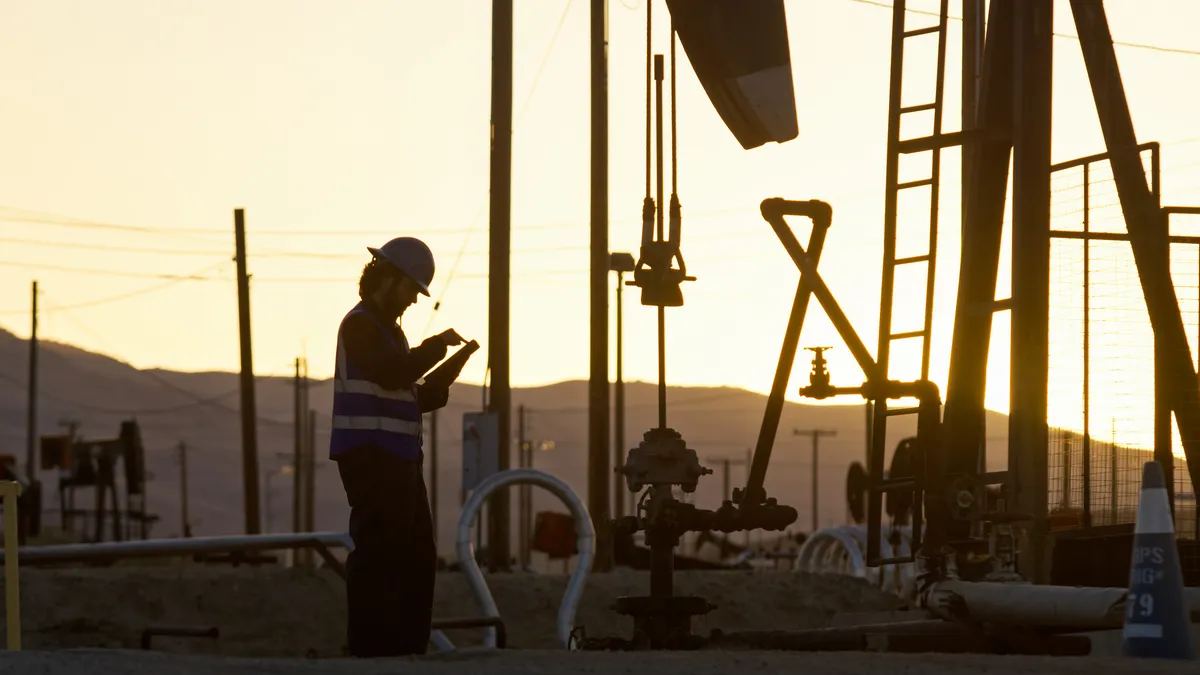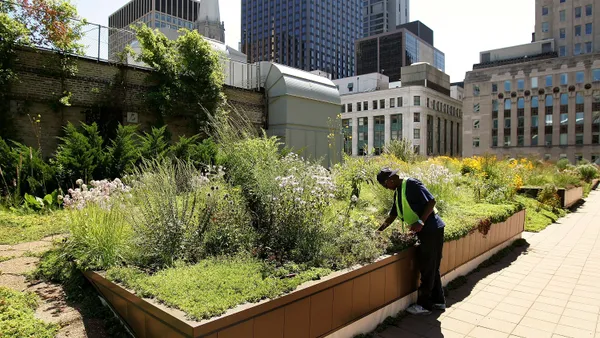If billionaire Marc Lore has his way, a new sustainable city could be built in the U.S. desert that eventually houses 5 million people.
The Diapers.com and Jet.com founder announced plans in September for a new futuristic metropolis dubbed Telosa. The city proposal encompasses 150,000 acres, which is about the size of Chicago. It calls for environmentally friendly architecture and energy production, in addition to a "water system that is resistant to drought." The location has yet to be determined. Possibilities include Nevada, Utah, Idaho, Arizona, Texas and the Appalachian region.
Lore is far from the first magnate to envision a new city. Bill Gates and partners disclosed plans in 2017 for a smart city in Arizona that has yet to come to fruition. The next year, rapper Akon announced a smart city in Senegal. Toyota’s "city of the future" broke ground in Japan in February. Even Walt Disney famously made plans before his death in 1966 for a "city of tomorrow" called EPCOT.
Building a city from scratch in a desert presents many challenges, though, especially for a project that intends to be sustainable. The barriers to living somewhere like a desert are a reason why so many cities historically begin near a water source, said Zhihua Wang, associate professor in Arizona State University’s School of Sustainable Engineering and the Built Environment.
"Building a city in the desert, it's a pretty big challenge as far as sustainability is concerned. Desert is hot. Water is scarce," said Wang, who lives in Phoenix and researches sustainable cities, especially those in deserts. "Building a new city in a desert definitely would face all the problems we are currently facing here in Phoenix."
Is building from scratch really the answer?
Building a new city means transportation and resources could cost more because existing cities have already laid claim to the best locations, Wang said. But — if planned properly — a new city can use lessons from older cities to become more sustainable.
"We have all the experience, all the things we can learn from building existing cities," he said. "If we start from scratch, there's a lot of information we can use. We can definitely make it better. We can avoid a lot of things that went wrong historically."
Water rights and availability are critical components of sustainability in a desert community, said Sharon B. Megdal who researches water policy and management as director of the University of Arizona Water Resources Research Center.
Fossil groundwater, which some Arizona communities rely on, is not sustainable over time if not replenished, she said. Some deserts’ close proximity to oceans presents the option for desalinated water, which is also the majority source of Dubai’s drinking water. But that process comes with a high carbon footprint and the problem of brine disposal.
Still, key water shortages and climate change means cities must learn to design in other ways. The federal government declared the first water shortage on the Colorado River last month, for instance, meaning some Arizona farmers will face cutbacks in water deliveries next year and expectations that supplies could end completely in 2023.
"We do have to think about designing our communities differently and designing our buildings differently," Megdal said, adding that working within an existing city is difficult. "It's harder to retrofit something than to build something new from the start that's done differently."
The same is true for smart cities, said Junfeng Jiao, founding director of Urban Information Lab at the University of Texas at Austin School of Architecture. Starting with an existing city means contending with physical barriers. Alphabet’s Sidewalk Labs, for example, shut down its smart city project in Toronto in 2020. Jiao, who focuses his research on smart cities, said the project failed because Sidewalk Labs planned to build within an existing city.
He said Telosa is a positive move forward for the U.S., which is falling behind the rest of the globe in the smart city movement.
"We're living in a country where the infrastructure puts us to shame compared to other developed countries," Jiao said. "We have to face it. We have aging bridges, aging tunnels. We have aging everything."
Building a smart city like Telosa is possible in a desert, he said. After all, Dubai is a relatively new desert city. Jiao posed the question: If Dubai can do it, why can't the U.S.?
The 40-year plan is for Telosa to reach 5 million people. Megdal said a smaller development in the thousands, rather than the millions, could be a better way to showcase Telosa’s new ideas to existing cities.
Then again, building within an existing city instead of a separate space could help ensure that Telosa’s ideas are truly adopted elsewhere.
"Retrofitting is hard, but actually if you want to contribute to sustainability, working on retrofitting existing communities would be a very good thing," Megdal said. "We already have so many people who do not necessarily have the opportunity to be sustainable because of the design of their homes and how their communities are developed."
Either way, if Telosa isn’t done correctly, it won’t be an example for other cities, she said. It would be a tourist attraction.




